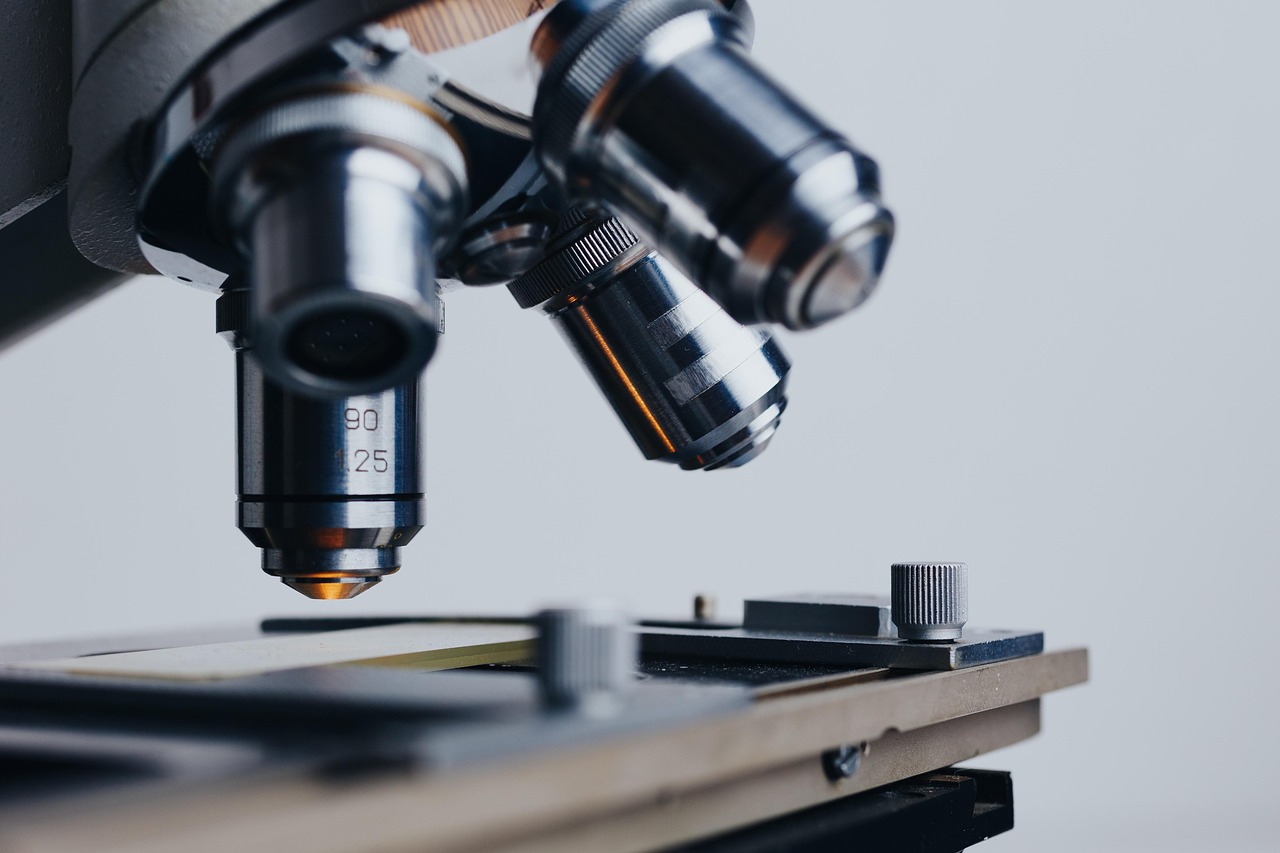When talking about the progress we’ve made in environmental issues and social justice, we can’t forget the groundbreaking women who helped get us here. These notable names in history didn’t just advocate, they started movements, shaped laws, and got entire nations to rethink their relationship with the planet.
Here are some of the most influential pioneers who changed the course of Earth’s environmental history long before it was a trendy thing to do.
The Mother of Trees and Civic Empowerment
Wangari Maathai
A Kenyan activist, Wangari is the name behind the Green Belt Movement. It began as a tree-planting initiative and grew to become the driving force in environmental and women’s rights.
- Over 51 million trees have been planted as part of the movement.
- Countless jobs have been created for women in rural areas as a direct result.
- Ecosystems have been revitalized.
- Because of her work, the consequences of deforestation and political corruption in Kenya were brought to light.
Wangari was the first African woman to win the Nobel Peace Prize in 2004. She taught the world that sustainability and human rights go hand-in-hand. This belief forms the foundation of many of today’s justice movements.
The Biologist Who Sparked Global Change
Rachel Carson
Silent Spring, published in 1962, is one of the few books that can be credited with triggering widespread global effects. Rachel, a marine biologist of the time, documented how pesticides like DDT harmed wildlife and posed even greater risks when entering human food.
- Her science underscored the U.S. banning of DDT in 1972.
- She’s credited with the modern environmental movement.
- Rachel showed how storytelling can be used to turn data into action.
Every environmental regulation that demands transparency and accountability is a testament to Rachel’s legacy. She did more than warn the world’s population, she laid the groundwork for generations to question, investigate, and protect the natural world.
The Suburban Mom Who Took on the Government
Lois Gibbs
Lois was the mom who discovered her neighborhood was built on a toxic waste dump. Love Canal in New York became the first of many clean-up operations spearheaded by the government, thanks to her tireless advocacy.
- Lois organized her community by knocking on doors, and personally rallying everyone to speak up.
- Over 800 families were evacuated from Love Canal, and a federal emergency was declared in 1980.
- Her work led to the creation of the EPA’s Superfund Program, which provides financial support for cleaning up toxic waste sites.
Lois gave us an example of how ordinary people can end up having extraordinary power when it comes to effecting change. Especially when the health of their families is on the line.
Health Disasters Still Echoing Today
While many pioneers came from the mid-to-late 20th century, their legacies continue in today’s environmental battles.
- Water contamination remains a pressing issue, involving pollutants like microplastics, PFAS, and chemical run-off.
- Fracking and pipeline disputes threaten entire ecosystems, with the impact on public health extending to birth defects and various types of cancer.
- Greenhouse gas emissions still need greater control of their negative impact on climate change.
Investigations into PFAS contamination especially, have led to uncovering the link between exposure to these “forever chemicals” and serious health complications. In particular, the AFFF lawsuit update shines a spotlight on what people working with this specific fire-fighting foam have to endure:
- Various types of cancer, like kidney, testicular, and colon cancer.
- Thyroid dysfunction
- Immune system disorders
TorHoerman Law states that the litigation surrounding AFFF brings attention to the enduring struggles many people are facing. PFAS-heavy pollutants can be found in water sources as well as soil surrounding locations where this fire extinguishing foam is commonly used, like military bases and airports.
Why Their Work Still Matters
In light of the pioneering efforts of these women, stats are more than just numbers—they’re warnings that reinforce the idea of environmental justice being a human right.
- The WHO states that as of 2019, 99% of people globally lived in areas that didn’t meet the standard air quality guidelines.
- Persistent usage of substances containing PFAS has contaminated soil and water, with 97% of Americans tested showing PFAS compounds in their bodily fluids.
- In 2024, there were still over 1000 toxic Superfund sites remaining in the U.S.
The legacies of Wangari Maathai, Rachel Carson, and Lois Gibbs have been a gift wrapped up in court rulings and conservation policies. Because of their work, along with the work of several others, women today are continuing in the spirit of speaking out, digging in, and demanding better.




